GYNAECOMASTIA (MALE BREAST) CORRECTION
Gynecomastia is an abnormal enlargement of the breast tissue in men, which leads to many people choosing to opt for gynecomastia surgery in the UK. This is in part due to it being referred to as ‘man boobs’, and although a fairly common condition, it’s unfortunately one that’s often mocked. Thus, causing a range of psychological and social problems - embarrassment and severe self-image issues to name a few. As a result, the lives of those that have this condition can become quite limited. For instance, a person’s confidence within a relationship might be negatively impacted, or they may become reluctant to take part in certain outgoing activities, such as swimming.
If you’re suffering from this condition a surgical procedure may be an excellent way to help you overcome these issues. This form of gynaecomastia treatment also serves as an attractive option for men who simply want to enhance the shape of their chest in general.

What Causes Gynaecomastia?
Almost all men naturally have a varying amount of residual breast tissue in the chest. Therefore, the vast majority of gynaecomastia occurs naturally without any specific cause.
General changes in the volume of the tissue are often noticed during both puberty and late adulthood because of hormonal changes. In the case of the latter, the changes are due to a natural reduction of testosterone levels.
Various drugs and medications are associated with gynaecomastia, such as hormones, steroids, marijuana and more. There are also medical conditions that have been known to cause gynaecomastia, such as testicular tumours, pituitary tumours; liver problems, thyroid problems and breast cancer

Do I Need Any Tests Before Gynaecomastia Surgery?
If you are considering gynaecomastia treatment, I would recommend a series of routine tests before pursuing surgery. Especially if the gynaecomastia has developed at a later stage of life after puberty, or if there are simultaneously other signs and symptoms being experienced. These tests may include:
- Liver, Kidney, and Thyroid Function tests
- LH, FSH, Testosterone, Estradiol, and Human Chorionic Gonadotropin (hCG)
You might be able to obtain these tests on the NHS by asking for a referral from your General Practitioner (GP).
If you have any of the following symptoms, you must see your doctor and ask them to refer you for further tests or referrals:
- A localised lump in the chest or armpit.
- A swelling or lump in the testis.
- Recent onset of pain or tenderness in the breast.
- One-sided gynaecomastia.
- Signs of thyroid problems: tremor, palpitation, heat intolerance or weight loss.
- Signs of hormonal problems: decreased libido, erectile dysfunction or reduction of the field of vision.

What Surgical Techniques are there?
I use various techniques for gynaecomastia surgery uk. These are often in combination with each other and include:
- Liposuction
- Open excision via semi-circular periareolar incision.
- Areola reduction via circomareolar incision.
- Skin reduction via circomareolar incision.
- Skin excision via inverted T-shape scar (wise-pattern).
- Excision via transverse incision and free nipple areola grafting.
- Extended skin excision into the sides of the chest / axillae.
The choice of technique will depend on:
- The amount and type of excess chest tissue (fatty or fibrous).
- The amount and distribution of excess skin.
- The size and location of nipple and areola.
- The patient’s preference of scars

Is Gynaecomastia Treatment Suitable for Me?
Surgical correction of gynaecomastia is a safe option for improving the shape of the male chest, by removing the excess breast gland and skin. You would need to accept that there will be some form of scarring. However, the size and location of the scar will depend on the degree of excess skin. I recommend that patients younger than 20 do not have surgery, as gynaecomastia may resolve itself naturally during teenage years. You should undergo routine blood tests and investigations if you have any significant symptoms listed above, in the “Do I Need Any Tests Before Surgery?” section.
What Will Happen at the Gynaecomastia Consultation?
We will discuss any concerns you may have about gynaecomastia treatment, and you’ll be asked some focused questions in order to explore your needs and expectations.
You will receive a chest examination by myself, which will involve me taking measurments and checking for any asymmetries or lumps. I will then discuss the suitability of surgery with you, expected outcome, and alternative options.
I will explain the procedure to you in detail, including what to expect during your recovery, as well as the possible risks and complications surgery can entail.

What Will Happen on the Day of Gynaecomastia Surgery?
The nurse and the anaesthetist will go through some questions with you to ensure that you are ready for surgery. Following which, I will see you to confirm the planned surgery and make some pre-surgery markings on your skin.
During the operation, you will be given a dose of antibiotic to reduce the risk of infection.
I will infiltrate the chest with local anaesthetic (a numbing medicine) to numb your skin and deep tissue to ease the pain and discomfort after surgery.
Once you wake up after surgery, you may feel some tightness in your chest but there should be no significant pain. Your wounds will be covered with dressings.
Drains are plastic tubes that help clear fluid and blood from the site of surgery. These are removed in the clinic 2-3 days after the operation. I may decide to put these in during the operation if necessary.
This type of procedure is performed as a day-case surgery, meaning you will be able to return home on the same day.

What Follow-up do I Get?
The nurse will check your wound 10-14 days after your surgery. I will then see you 6-8 weeks thereafter, to check the healing progress and scars.
I will assess the final shape and overall outcome of the operation 6-8 months after surgery.
What is the Gynaecomastia Recovery process?
You will experience swelling, bruising, and discomfort for the first few days. However, any pain experienced is adequately controlled by taking the recommended painkillers on a regular basis. You should therefore ensure that you take all the medications as prescribed.
It usually takes 1-2 weeks to get back to doing light, daily activities. It might take up to 4 weeks to return to full physical activities. You should wear a well-fitted pressure vest and refrain from any upper body physical exercise for the 6 weeks following surgery.

Are There Any Alternatives?
Whether gynaecomastia surgery uk is the best option for you depends on your aims and expectations, which are discussed during the consultation. Non-surgical options include treating any identifiable cause - such as hormone imbalances - by changing medications, steroid use; hormones, and any drugs that might be the cause. For example, Tamoxifen is an anti-estrogen tablet used for the treatment of gynaecomastia, which is known to have variable response rates.

BEFORE & AFTER
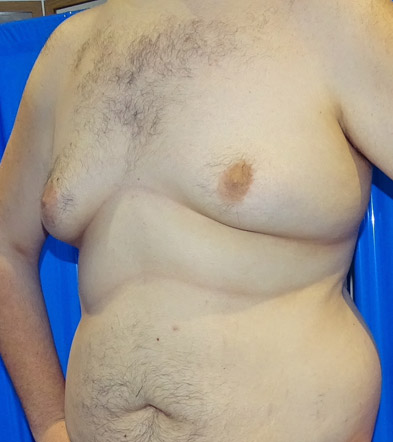
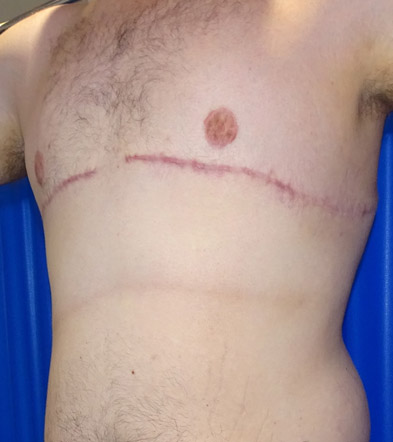
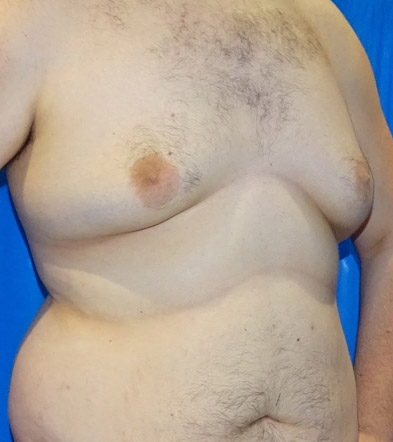
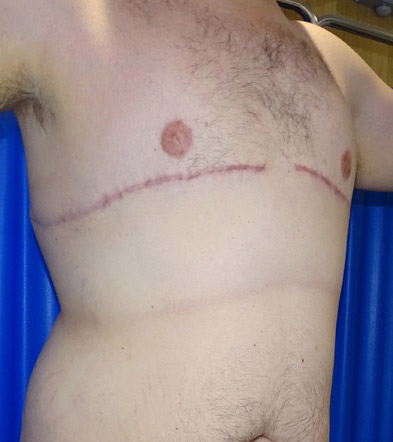
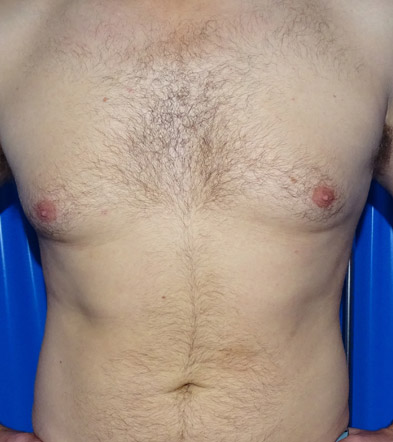
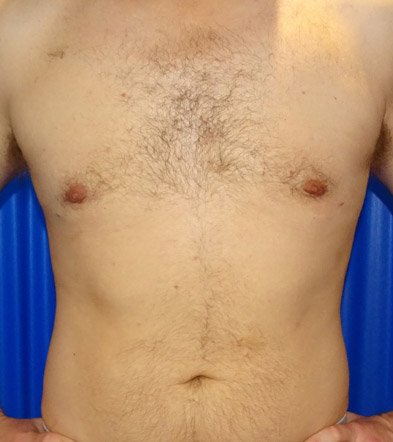
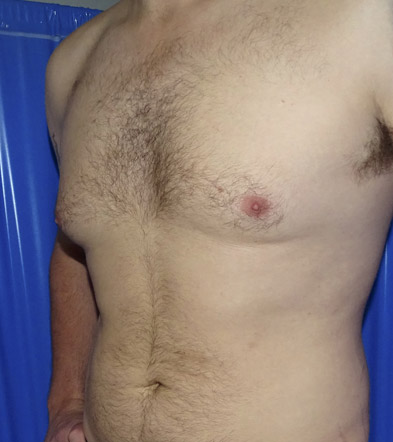
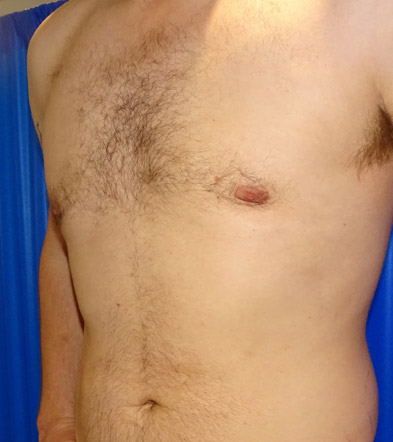
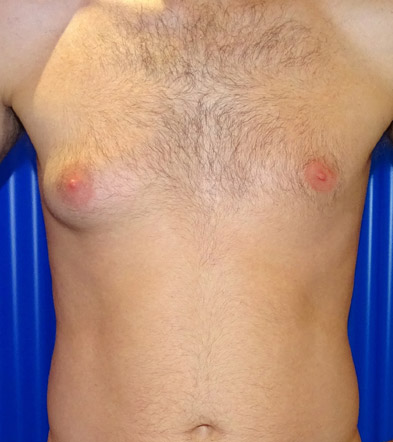
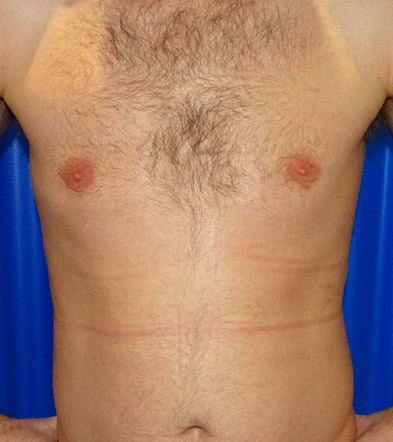
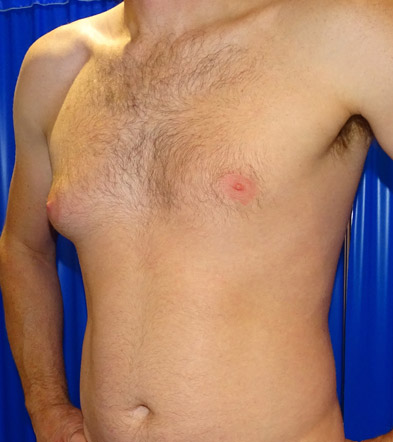
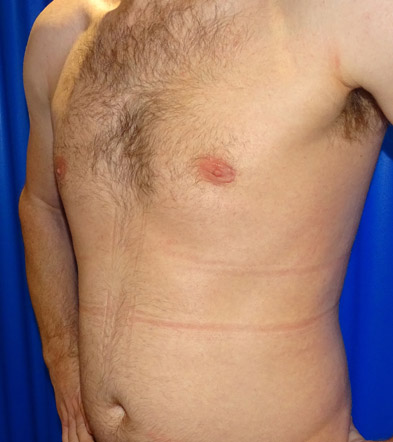

GET IN TOUCH
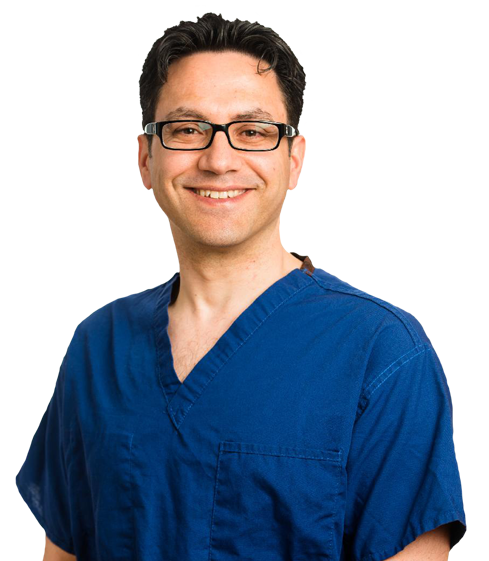

CONTACT US
UK (+44) 033 33 55 55 20
info@creoclinic.com


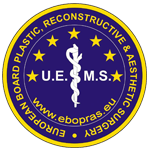


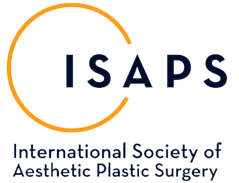
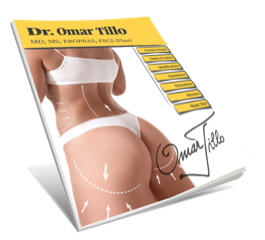
Follow me on social media